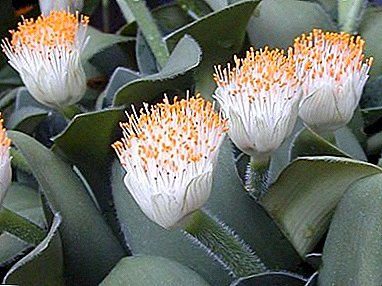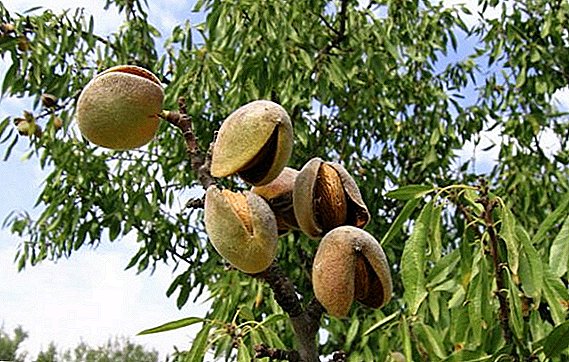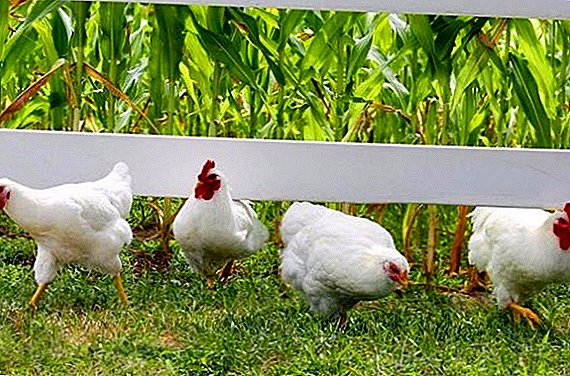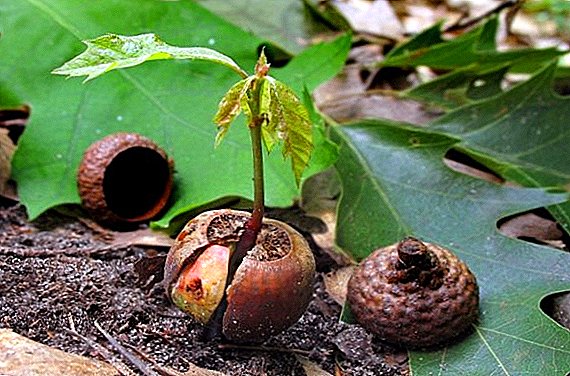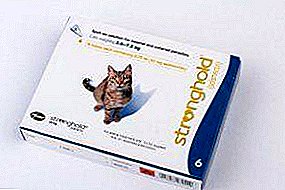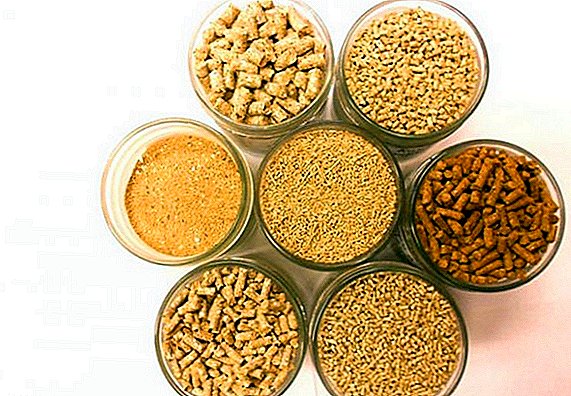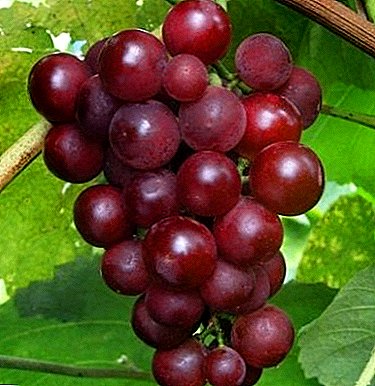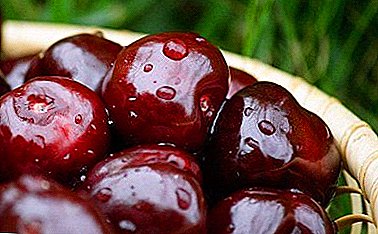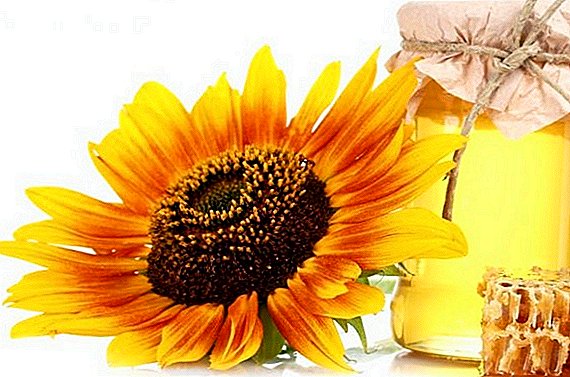 Ayrshire cows are very popular among farmers because of their high productivity. They are considered the leaders of the dairy direction, which can be maintained even in harsh climatic conditions. But to get the result stated by the characteristics of the breed is possible only with proper care for the animal. It is about the features of the maintenance, care and nutrition of such cows, we will talk further.
Ayrshire cows are very popular among farmers because of their high productivity. They are considered the leaders of the dairy direction, which can be maintained even in harsh climatic conditions. But to get the result stated by the characteristics of the breed is possible only with proper care for the animal. It is about the features of the maintenance, care and nutrition of such cows, we will talk further.
Breed history and description
Ayrshire cows are very stubborn, capricious and freedom-loving. They easily get used to new climatic conditions and are able to withstand rather low temperatures. In the veins of the representatives of this breed the blood of Dutch, Alderney, and also Tisuver cows flows. 
Origin
Homeland animals - Scotland, County Ayr, where high humidity and harsh climate. The breed acquired its official status in 1862 and began to spread throughout the world: Sweden, Finland, USA, Russia and others.
External features
The cows of this breed have a small height - 1.25 m. Their body is proportionally folded: the back is wide, the chest is narrow, there is a derelict, thin limbs, a neat head. Females weigh an average of 0.48 tons, males - 0.8 tons.
You will probably find it useful to know how much weight a cow has and what it depends on.
Both cows and bulls have a well-developed body musculature, strong hooves, and bright large horns that look like a lyre. Wool - short, brownish-red, with white spots or white with brown markings. The female udder is elastic, the nipples are cone-shaped or cylindrical. 
Productive qualities
Ayrshires are notable for their high productivity indicators:
- Milk yield per year - 7-8 tons.
- Milk fat content is 4-4.3%.
- The protein content is 3.5%.
- The taste of milk is soft, pleasant.
- Slaughter meat yield - 50-60%.
Farmers are advised to read the description of the best breeds of dairy cows.
Productivity remains within 17 years, insignificant decrease in indicators can be observed. Cows mature by 20-21 months and can be used for insemination. The average weight of a newborn calf is 25-30 kg. Animals quickly gain weight and at the age of 1 year already weigh 250 kg. 
Advantages and disadvantages
The advantages of the breed are:
- quick adaptation to climatic conditions;
- unpretentiousness to the conditions of detention;
- fast ripening;
- trouble-free calving;
- good health;
- high level of activity;
- high-quality milk and meat;
- high performance.
Important! In southern countries, Ayrshires are almost absent, as the warm climate makes them feel uncomfortable.
Maintenance and care
Since representatives of this breed have very good health, they do not require special conditions of detention.
Summer walking ground
In the summer, Ayrshires are kept on a walking platform. It is necessary to equip it with a shed in order to protect the herd from the adverse effects of the weather (rain and a scorching sun). The site should be quite spacious, as these cows are very freedom-loving and do not tolerate the harsh restrictions of personal space. 
Arrangement of the barn
For the winter, the cows are transferred to a warm, dry room without drafts. The stable should be light, the presence of wooden flooring and straw bedding is obligatory. The stall is made according to the size of the animal, so that it feels comfortable. The recommended stall width is 1-1.2 m, length - 2-2.5 m.
Directly in front of the stall is placed aft table (trough) where food is put. If the cows are not tied, it is advisable to build mounted feeders for food.
Agree, one of the factors affecting the success of raising cows, are comfortable conditions of detention. Learn how to build a barn with your own hands, as well as how to make a pen for the cow.
Comfortable conditions
The optimum air temperature for keeping the Ayrshires is + 15 ... +17 ° C. They are not afraid of cold and moisture, but high temperatures are difficult to tolerate. To illuminate the shed use lamps of 40 W at the rate of 1 lamp for 1 stall place. The room should be lit within 12-14 hours. Ventilation is required to ensure fresh air. 
Cleaning
Burenok must be kept in a clean room. Feeders and drinkers are cleaned daily to avoid the development of diseases. Straw litter also needs to be changed regularly: the top layer is daily, deep replacement is carried out 1 time in 7 days.
What to feed
The diet also affects livestock performance. Food should be of high quality and diverse. In addition to hay, the cow must eat root vegetables, animal feed, greens and vegetables.
Important! Excessive consumption of grass can cause bloating of the scar.
Walking the cattle to pasture and feeding in the summer
Throughout the summer, the animal practically lives on the pasture with a huge amount of juicy food.  It is necessary to monitor the diet of the cow, adjusting the time of walking and filling the feeder with various foods. In addition to herbs, she is given a nutritious food, adding a little salt and chalk. Nutrients are considered high-fiber, concentrated feeds made up of rye, fodder (wheat), barley and oats.
It is necessary to monitor the diet of the cow, adjusting the time of walking and filling the feeder with various foods. In addition to herbs, she is given a nutritious food, adding a little salt and chalk. Nutrients are considered high-fiber, concentrated feeds made up of rye, fodder (wheat), barley and oats.
Read about how to make a diet for dry cows.
The benefit of the body will also bring beets, carrots, potatoes and cabbage. In summer, access to water should not be restricted in any way. 
Differences in winter feeding
In winter, the cow should eat hay, husk, husk and other roughage with the addition of minerals and vitamins. She is also given compound feed, oats, cake in 2 kg portions at a time. Continue to give root vegetables and various vegetables. Do not forget about the water, the optimal amount - 60-80 liters per day.
We advise you to consider how cattle grading is conducted.
Ayrshire cows are an ideal breed for farmers living in harsh climates. Despite the difficult weather conditions, these animals retain their productivity. The main thing is to create comfortable living conditions for them and provide quality care. Remember that the diet should be balanced, and cleaning - regular.


